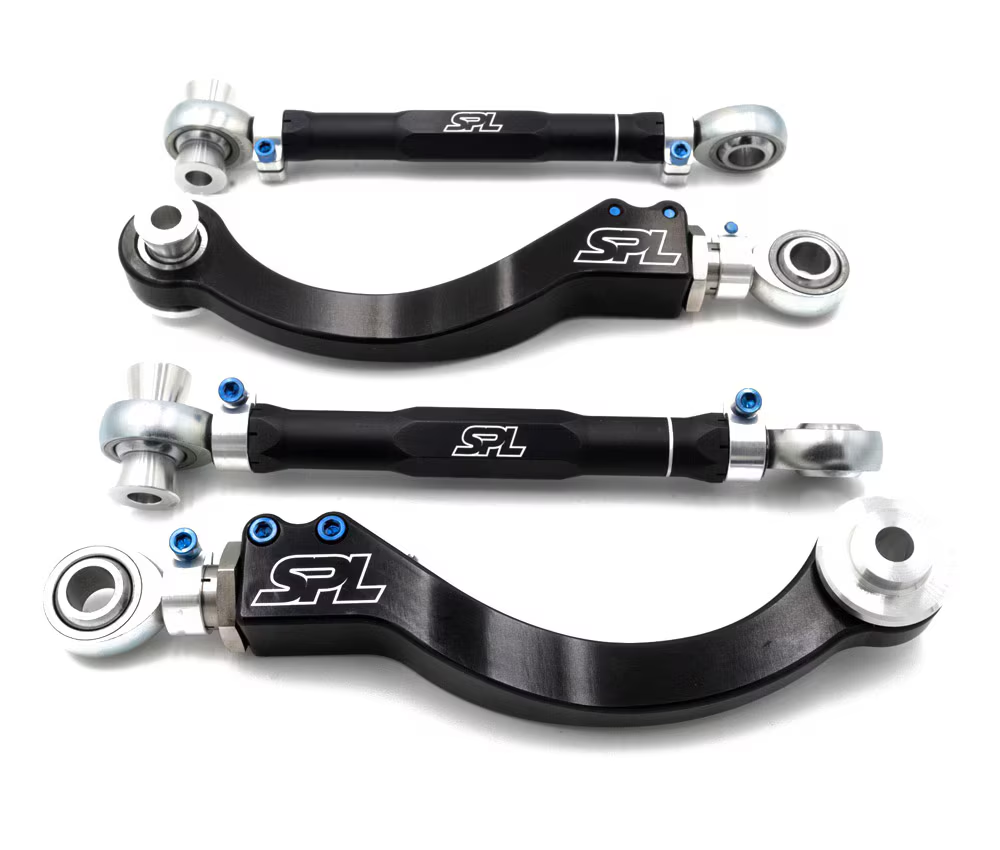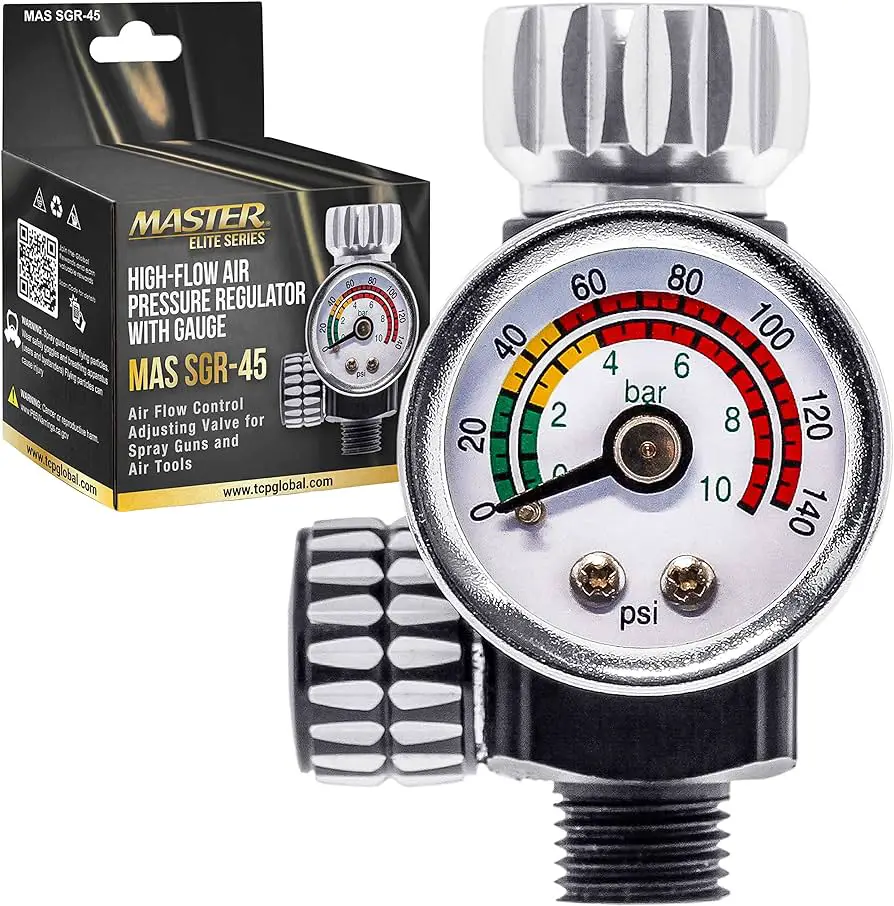To adjust the regulator on an air compressor, turn the knob clockwise to increase pressure and counterclockwise to decrease pressure. Now, let’s dive into the details of how to properly adjust the regulator on your air compressor.
A regulator is an essential component of an air compressor that controls the pressure output. By adjusting the regulator, you can fine-tune the amount of pressure delivered by the compressor.
This enables you to match the pressure requirements of different tools and tasks, ensuring optimal performance and safety.
Whether you need to increase or decrease the pressure, it can be easily done by turning the regulator knob in the appropriate direction. By following a few simple steps, you can easily adjust the regulator on your air compressor to meet your specific needs.
Contents
Step-by-step Guide To Adjusting The Regulator
Learn how to adjust the regulator on your air compressor with a step-by-step guide. Proper adjustment ensures the right air pressure for your tools and equipment, improving performance and safety. Follow these simple instructions to optimize your compressor’s output.
Step 1: Turn Off The Air Compressor
Make sure to safely turn off the air compressor before making any adjustments.
Step 2: Locate The Regulator Knob
Locate the regulator knob on the air compressor, typically found near the pressure gauge.
Step 3: Adjust The Pressure
Carefully turn the regulator knob clockwise to increase the pressure or counter-clockwise to decrease it.
Step 4: Test The Adjusted Pressure
After adjusting the pressure, test it by activating the air compressor and observing the pressure gauge.
Step 5: Fine-tuning The Pressure
If necessary, fine-tune the pressure by making minor adjustments to achieve the desired level.

Common Problems And Troubleshooting
Air compressors are essential tools in various industries, but like any mechanical device, they can experience issues over time.
Understanding and troubleshooting common regulator problems is crucial for maintaining optimal performance. Below, we’ll discuss some common problems related to air compressor regulators and how to troubleshoot them effectively.
Issue 1: Regulator Not Adjusting
If your regulator is not adjusting, it may be due to a clogged or damaged adjustment knob. To troubleshoot, first, ensure the air compressor is turned off.
Then, check the adjustment knob for any obstructions or debris. Next, carefully clean the knob and the surrounding area. If the issue persists, consider replacing the regulator to restore proper functionality.
Issue 2: Inconsistent Pressure
Inconsistent pressure output can be attributed to a malfunctioning regulator. Start by inspecting the air lines and connections for leaks or damage.
Then, verify that the regulator’s diaphragm and springs are intact. Additionally, ensure there are no blockages within the regulator. If the problem persists, consider servicing or replacing the regulator to maintain consistent pressure output.
Issue 3: Regulator Leaks
Regulator leaks can lead to pressure fluctuations and decreased efficiency. Begin by checking all fittings and connections for signs of leakage.
Then, inspect the regulator for damaged seals or diaphragm. If leaks are detected, replace the faulty components or consider a complete regulator replacement to resolve the issue.
Issue 4: Difficulty Turning The Knob
If you’re experiencing difficulty turning the adjustment knob, it may be due to debris or corrosion. First, ensure the air compressor is turned off before attempting any maintenance.
Then, gently clean the area around the knob, and apply a lubricant to facilitate smooth adjustment. If the problem persists, consider replacing the knob or seeking professional assistance to address the issue.
Frequently Asked Questions For How To Adjust Regulator On Air Compressor
How Do You Adjust A Pressure Regulator On A Air Compressor?
To adjust a pressure regulator on an air compressor, locate the regulator knob and turn it clockwise to increase pressure or counterclockwise to decrease pressure.
Use a pressure gauge to confirm the adjusted pressure. Test the air compressor to ensure it operates at the desired pressure level.
What Psi Should I Set My Air Compressor?
To determine the appropriate PSI for your air compressor, consider the specific tools or equipment you’ll be using.
Check the manufacturer’s instructions or the tool’s requirements for the recommended PSI range.
Adjust the compressor’s pressure accordingly to ensure optimal performance and avoid overloading or damaging your tools.
How Do I Adjust The Shut Off Pressure On My Air Compressor?
To adjust the shut off pressure on your air compressor, follow these steps:
1. Identify the pressure adjustment knob or screw.
2. Use a wrench or screwdriver to turn it clockwise to increase the pressure or counterclockwise to decrease it.
3. Make small adjustments and test the pressure using a gauge until it reaches the desired level.
4. Ensure to follow the manufacturer’s instructions and consult a professional if needed.
How Do You Adjust A Regulator?
To adjust a regulator, locate the adjustment screw and turn it clockwise to increase pressure or counterclockwise to decrease pressure.
Conclusion
Adjusting the regulator on your air compressor is a simple task that can significantly improve its performance. By following the steps outlined in this guide, you can ensure that your compressor operates at its optimal level.
Regular maintenance is key to ensuring longevity and efficiency. Keep your compressor well-tuned for optimal results.

